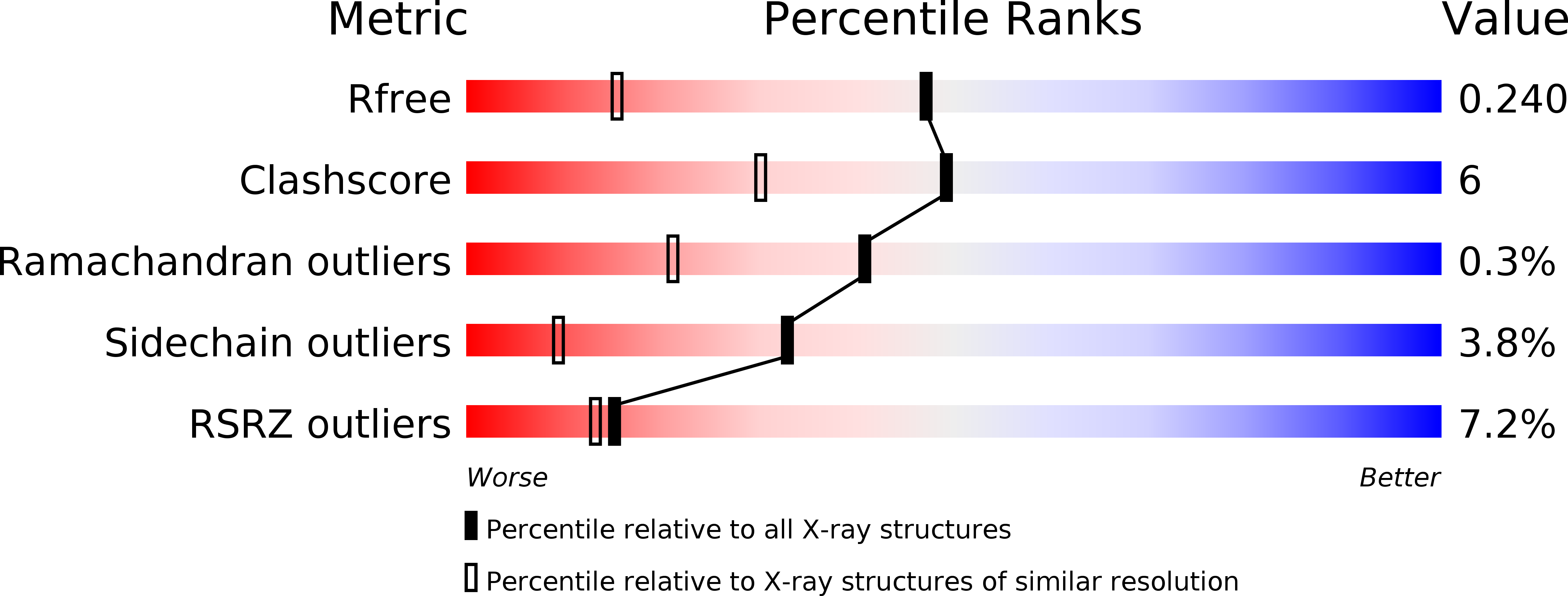
Deposition Date
2014-10-08
Release Date
2015-09-30
Last Version Date
2024-10-16
Entry Detail
PDB ID:
4WMA
Keywords:
Title:
Crystal structure of mouse Xyloside xylosyltransferase 1 complexed with manganese,acceptor ligand and UDP-Glucose
Biological Source:
Source Organism:
Mus musculus (Taxon ID: 10090)
Homo sapiens (Taxon ID: 9606)
Homo sapiens (Taxon ID: 9606)
Host Organism:
Method Details:
Experimental Method:
Resolution:
1.62 Å
R-Value Free:
0.24
R-Value Work:
0.21
R-Value Observed:
0.22
Space Group:
P 3


